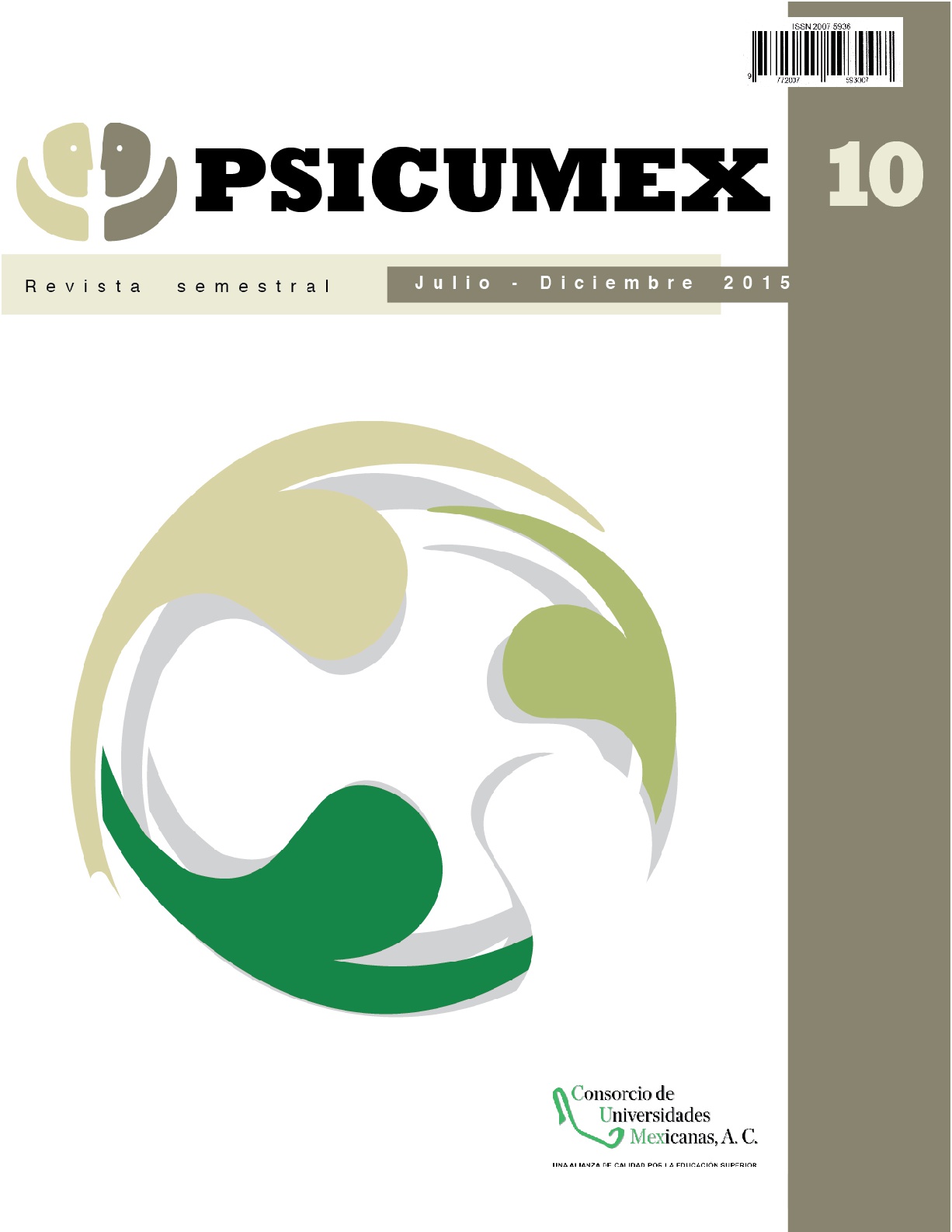Abstract
There exits controversy about the factor structure of the anger expression items from the Revised State- Trait Anger Expression Inventory (STAXI-2). Three new items have been proposed to replace items 3, 10 and 17 with problems of internal consistency. The aims of this study were to contrast the fit and invariance of the four-factor model for the 24 anger expression items from the STAXI-2 across sex; in case of problems of internal consistency and factor definition, explore and contrast alternative factor models. The STAXI-2 anger expression scale with the inclusion of three new items was administrated to a non-probability sample of 120 women and 120 men from the general population. Items 3 and 17 showed internal consistency problems. The correlation between internalizing and externalizing factors was very high in the confirmatory factor analysis. Horn’s parallel analysis and Velicer’s criterion indicated that the number of factors is three. The expected two factors of control, and a non-expected factor with the internalizing and externalizing items (anger expression) were configured. The internal consistency of these three factors varied from acceptable to high. The fit to the data of 3-factor model and its properties of invariance across sex were acceptable by the chi-square/gl, RMSEA, CFI and SRMR indexes. It is concluded that the scale should be reduced to 22 items, does not bring advantages the introduction of the new items, and its structure is three factors.
References
Borteyrou, X., Bruchon-Schweitzer, M., & Spielberger, C. D. (2008) The French adap- tation of the STAXI-2, C. D. Spielberger’s State-trait anger expression inventory. Encephale, 34, 249-255. doi: 10.1016/j.en- cep.2007.06.001
Byrne, B. M. (2010). Structural Equation Modeling With AMOS: Basic Concepts, Applications, and Programming. New York: Taylor & Francis.
Carlozzi, B., Winterowd, C., Harrist, S., Thoma- son, N., Bratkovich, K., & Worth, S. (2010). Spirituality, Anger, and Stress in Early Adolescents. Journal of Religion and Health, 49(4), 445-59. doi: 10.1007/s10943-009- 9295-1
Carver, C. S., & Harmon-Jones, E. (2009). Anger is an approach-related affect: evidence and implications. Psychology Bulletin, 135, 183-204. doi: 10.1037/a0013965
Cronbach, L. J., & Shavelson, R. J. (2004). My current thoughts on coefficient alpha and successor procedures. Educational and Psychological Measurement, 64, 391-418. doi: 10.1177/0013164404266386
Del Barrio, V., Aluja, A., & Spielberger, C. (2004). Anger assessment with the STAXI- CA: psychometric properties of a new instrument for children and adolescents. Personality and Individual Differences, 37, 227-244. doi:10.1016/j.paid.2003.08.014
Etzler, S. L., Rohrmann, S., & Brandt, H. (2014). Validation of the STAXI-2: A study with prison inmates. Psychological Test and Assessment Modeling, 56, 178-194.
Hayduk, L., Cummings, G. G., Boadu, K., Paz- derka-Robinson, H., & Boulianne, S. (2007). Testing! Testing! One, two three-Testing the theory in structural equation models! Personality and Individual Differences, 42, 841- 850. doi: 10.1016/j.paid.2006.10.001
Kenny, D. A., & McCoach, D. B. (2003). Effect of the number of variables on measures of fit in structural equation modeling. Structural Equation Modeling, 10, 333-351. doi:10.1207/S15328007SEM1003_1
McEwan, T. E., Davis, M. R., MacKenzie, R., & Mullen, P. E. (2009). The effects of social desirability response bias on STAXI-2 profiles in a clinical forensic sample. British Journal of Clinical Psychology, 48, 431-436. doi:10.1348/014466509X454886
Miguel Tobal, J. J., Casado, M. I., Cano, A., & Spielberger, C. D. (2006). STAXI-2: Inventario de Expresión de Ira Estado-Rasgo. Ma- drid: TEA.
Moral, J., González, M., & Landero, R. (2010). Factor structure of the STAXI-2-AX and its relationship to the burnout in housewives. The Spanish Journal of Psychology, 13, 418- 430. doi:10.1017/S1138741600003978
Moral, J., & Segovia, M. P. (2015). Propiedades psicométricas de la escala de expresión de la ira en mujeres con VIH. Revista Ciencia UANL, 18(74), 69-74.
Moscoso, M. S. (2000). Estructura factorial del Inventario Multicultural Latinoamericano de la Expresión de la Cólera y la Hostilidad. Revista Latinoamericana de Psicología, 32, 321-343.
Moscoso, M. S., & Spielberger, C. D. (1999). Evaluación de la experiencia, expresión y control de la cólera en Latinoamérica. Psicología Contemporánea, 6(1), 4-21.
Oliva, F. J., Hernández, M. R., & Calleja, N. (2010). Validación de la versión mexicana del Inventario de Expresión de Ira Estado- Rasgo (STAXI-2). Acta Colombiana de Psicología, 13(2), 107-117.
Sharma, S., Mukherjee, S., Kumar, A., & Dillon, W. R. (2005). A simulation study to investigate the use of cutoff values for assessing model fit in covariance structure models. Journal of Business Research, 58, 935-943. doi: 10.1016/j.jbusres.2003.10.007
Sociedad Mexicana de Psicología. (2007). Código ético del psicólogo (4a ed.). Ciudad de México: Trillas.
Spielberger, C. D. (1999). The State-Trait Anger Expression Inventory-2: Professional manual. Odessa, FL: Psychological Assessment Resources.
Welty, J. P. (Ed.). (2011). Psychology of anger: Symptoms, causes and coping. New York, NY: Nova Science Publisher.

This work is licensed under a Creative Commons Attribution-NonCommercial-NoDerivatives 4.0 International License.
Copyright (c) 2015

